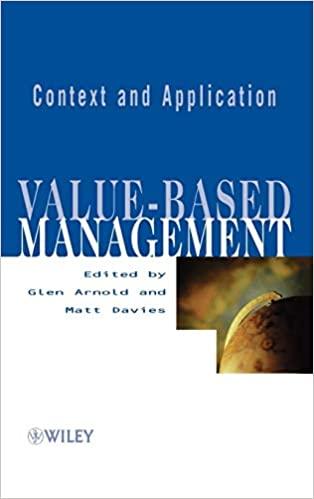Answered step by step
Verified Expert Solution
Question
1 Approved Answer
please help! S 30.000 guaranteed payment to 59% partner Van $6,000 to partner Xena for consulting services $10,000 distribution to partner Wallace 54,000 dividend income
please help! 
S 30.000 guaranteed payment to 59% partner Van $6,000 to partner Xena for consulting services $10,000 distribution to partner Wallace 54,000 dividend income Van's basis in his partnership interest was $35,000 at the beginning of the year, which includes his $10,000 share of partnership liabilities. At the end of the year, his share of partnership liabilinies was 530,000 . How much must Van report for the tax year, and what is his basis in his partnership interest at the end of the year? a. $25,000 ordinary income; $2,000 of qualifying dividends; $62,000 basis. b. $24,000 ordinary income; $30,000 guaranteed payment: $89,000 basis. c. $22,000 ordinary income; $2,000 of qualifying dividends; $30.000 guaranteed payment; $69,000 basis. d. S17,000 ordinary income; $2,000 of qualifying dividends; $30,000 guaranteed psyment; $84,000 basis. 5. Stephanie and Tasha are equal partners in the S\&T Partnership. On Janaary I of the current year, each partner's adjusted basis in S\&T was $120,000. During the current year. S\&T borrowed S180,000 for which Stephanie and Tasha are personally liable. S\&T sustained a net operating loss of $30,000 in the current year ended December 31. If liabilities are shared equally by the partners, on January 1 of the next year each partner's basis in her interest in S\&T is: if. $15,000. b. 5105,000 . c. S120,000. d. $195,000. 6. Alex, Inc., Taylor Inc., and Amanda formed a general partnership, each contributing equally. Alexc Inc. files. its tax return on a July 1 - June 30 fiscal year, Taylor Inc, files on a September 1 - August 31 fiscal year, and Amanda is a calendar year taxpayer. Which of the following statements is true regarding the taxable year th partnership can choose? a. The partnership must choose the calendar year since it has no principal partners. b. The partnership can choose the taxable year of any of its "principal partners" without. obtaining IRS permission. c. The partnership can choose a January 31 fiscal year without obtaining IRS permission, if the partnership can prove that the January 31 fiscal year will reduce the cost of preparing the partnership tax return. d. The partnership can choose the taxable year that provides for the "least aggregate deferral" without obtaining IRS permission 
Step by Step Solution
There are 3 Steps involved in it
Step: 1

Get Instant Access to Expert-Tailored Solutions
See step-by-step solutions with expert insights and AI powered tools for academic success
Step: 2

Step: 3

Ace Your Homework with AI
Get the answers you need in no time with our AI-driven, step-by-step assistance
Get Started


